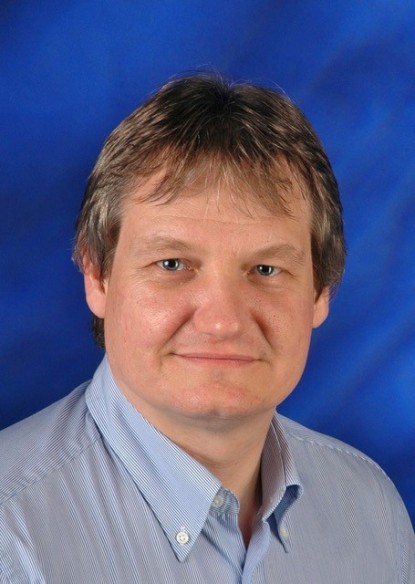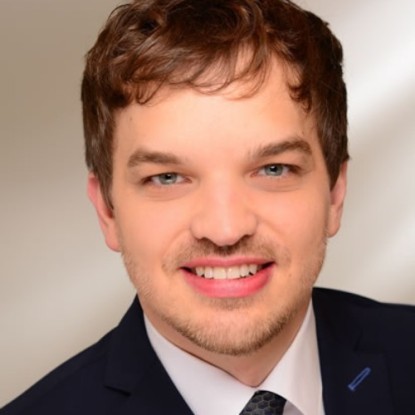Details
| Course name | Engineering Mechanics IV |
| Module number | 13-E0-M022 |
| TUCaN course number | 13-E0-0022-vu (Lecture and exercise) |
| Lecturer |
Prof. Dr.-Ing. habil. Ralf Müller Prof. Dr.-Ing. Dominik Schillinger |
| Language | German |
| Term | Summer |
| Credit points | 6 |
| Examination | Written or oral exam |
Contents
Engineering Mechanics is one of the most important foundational subjects for nearly all engineering disciplines. This is especially true for civil engineering, mechanical engineering, as well as for mathematics and the natural sciences. The goal of mechanics is to determine the motion of technical systems and the forces associated with that motion. To this end, technical processes are described using idealized models that can be analyzed mathematically. The mathematical solutions are then translated back into engineering language. This cycle of modeling – mathematical analysis – technical interpretation is a defining characteristic of Engineering Mechanics. It also explains the initial difficulties many students face when learning the subject. The course Engineering Mechanics is divided into four parts, each providing an introduction to a major area of mechanics. The first part covers the statics of rigid bodies. The second part is devoted to the statics of deformable bodies, while the third part deals with the dynamics of both rigid and deformable bodies. The fourth and final part provides an introduction to tensor calculus and engineering vibration theory. The necessary knowledge and problem-solving skills are taught through lectures and accompanying exercises.
Tensor calculus
- Euclidean vector/point space
- Dimension and basis
- Summation convention
- Scalar product
- Covariant and contravariant bases/components
- Physical components
- Transformation relations
- Second-order tensors
- Principal axes
- Higher-order tensors
- Tensor analysis
- Christoffel symbols
- Covariant derivatives
- Surface geometry
- First and second fundamental forms of surface theory
Dynamics
- Lagrangian mechanics
- d’Alembert principle
- Lagrange equations
- Conservation laws
- Hamilton principle
- Vibrations of continuous systems (string, rod, beam)
Literature
- D. Gross, W. Hauger, P. Wriggers (2023) Technische Mechanik 4: Hydromechanik, Elemente der Höheren Mechanik, Numerische Methoden. Springer Vieweg, Berlin, Heidelberg, 11th Edition. DOI: 10.1007/978-3-662-66524-4
Remarks
Group exercise
The exercise sessions are integrated into the lecture. Each session is scheduled individually to align with the lecture content and will be announced as early as possible.




